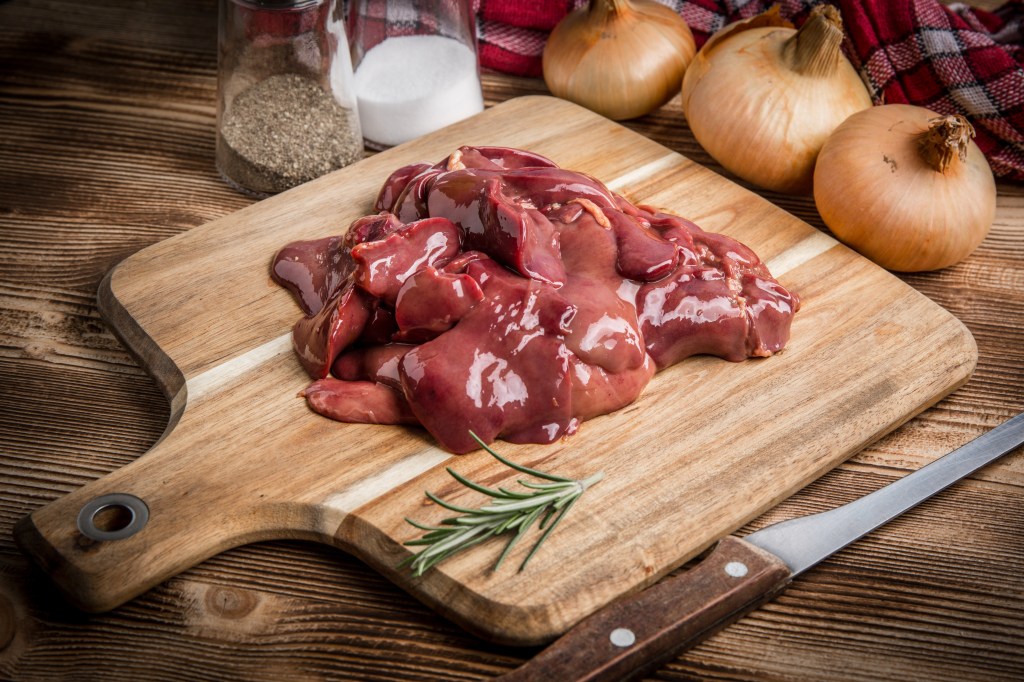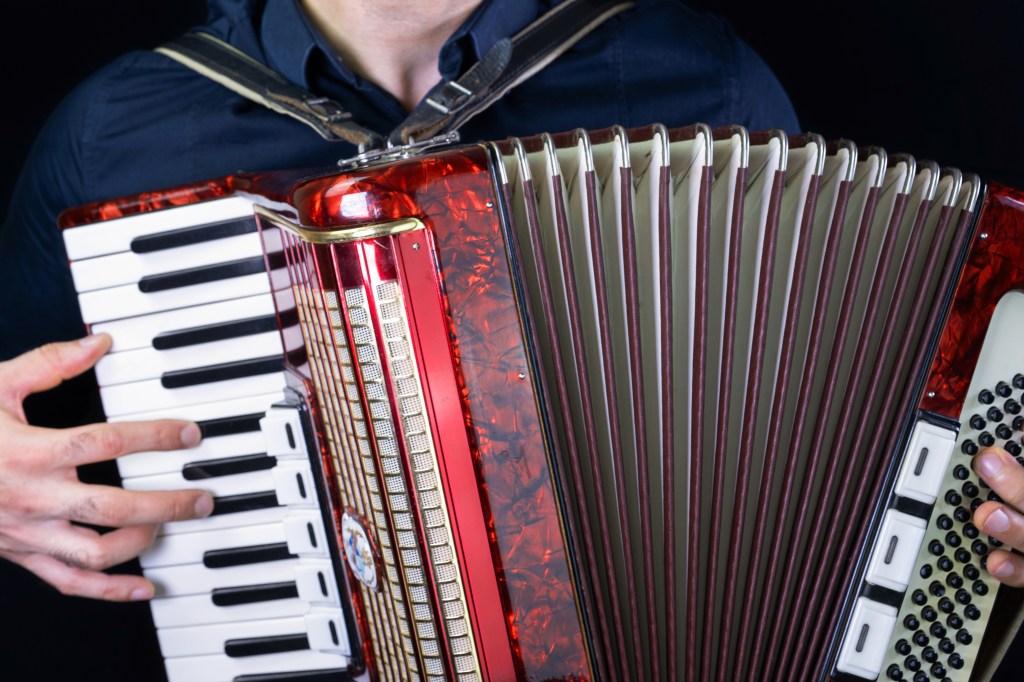
It’s well-known (by people who know me) that I love punctuation. I read books about punctuation. I have two punctuation tattoos. My favorite mark of punctuation is the semicolon (which is one of the tattoos I have). But lately, when it comes to punctuation, the asterisk is in the ascendancy. And that’s because an increasing number of books have swear words in their titles. Punctuation is how we address the problem delicately.
The first example of the trend and at the time most shocking was Go the F**k to Sleep, a book that purported to be a read-to-kids goodnight book, but was really an expression of parental frustration. It caused quite a buzz.
After that came The Subtle Art of Not Giving a F*ck (and the more daintily titled The Subtle Art of Not Caring About People’s Opinion), I Used to Be a Miserable F*ck, Unfu*k Yourself, The French Art of Not Giving a Sh*t, and F*ck Feelings. For those who prefer hashtags, there’s Unf#ck Your Brain. The winner for the longest title is The Life-Changing Magic of Not Giving a F*ck: How to Stop Spending Time You Don’t Have with People You Don’t Like Doing Things You Don’t Want to Do (A No F*cks Given Guide). And Everything is #@%!ed! uses a whole string of punctuation. Fucking This shit Show: A Gratitude Journal for Tired Women dispenses with the veil of punctuation altogether. (I can’t help that inconsistent capitalization. That’s the way it’s written. Maybe shit is supposed to look less threatening in lowercase? But I digress.)
(When marks of punctuation are used as stand-ins for letters or words, they’re called “grawlix,” an almost completely useless word, but one I’m quite fond of. Most people have seen grawlix only in comic books when Popeye, for example, wants to cuss. But I continue digressing.)
What’s the reason for all the daintily disguised sweary titles? It’s not like we don’t know what the asterisks stand for. It’s not fooling anyone. Go the F**k to Sleep was obviously meant to be shocking, though it also expressed humor and frustration. After that, it looks like a bandwagon was jumped on. The book even jumped on its own bandwagon. Now it’s a trilogy, including You Have to F**king Eat and F**k, Now There Are Two of You.
(I note that most of the sweary titles go with self-help books. Does this indicate a certain irreverence regarding the concept of self-help? Frustration with the concepts in the books? I know I’ve wanted to swear at self-help books during various periods of my life. Now I write them, though (so far) none have titles that require grawlix. But I digress some more.)
Personally, I have no objection to swearing. For a long time, I couldn’t do it, but after working as a waitress, I made up for lost time. Now I swear like a sailor, though with better enunciation. Sometimes, a curse word is just the right one. And of course, when I use a swear word in writing, I punctuate it properly. No grawlix here.
My favorite unexpected use of punctuation, however, comes in this brief verse:
Mary’s little lamb / Upon the grass did frisk. / But Mary was afraid / Her little * .
Now that’s creative punctuation!













